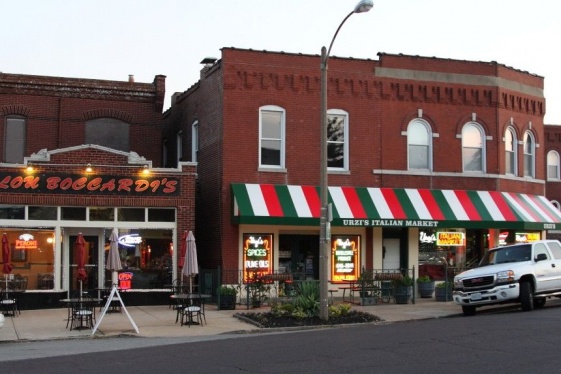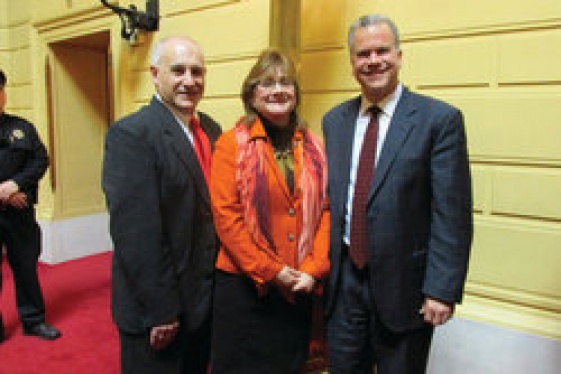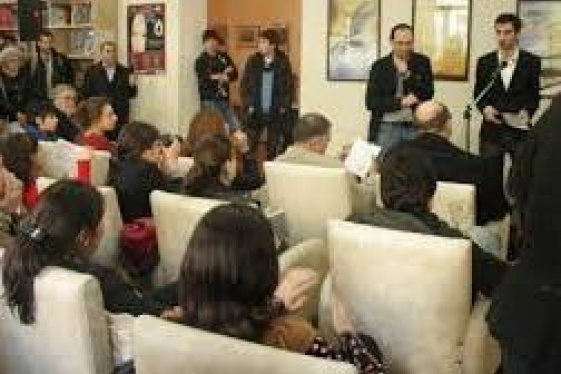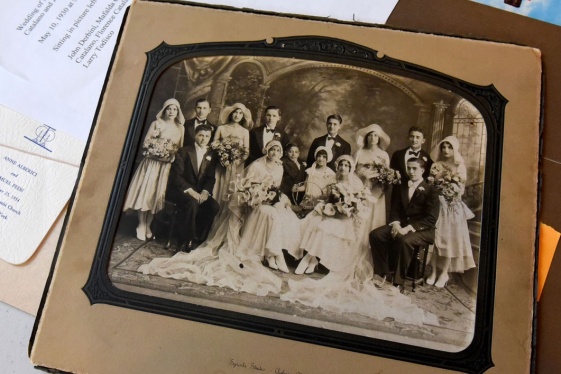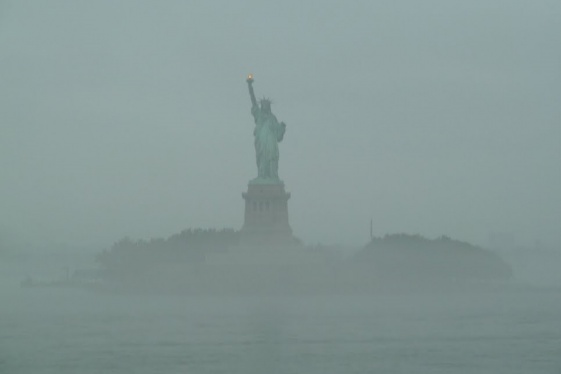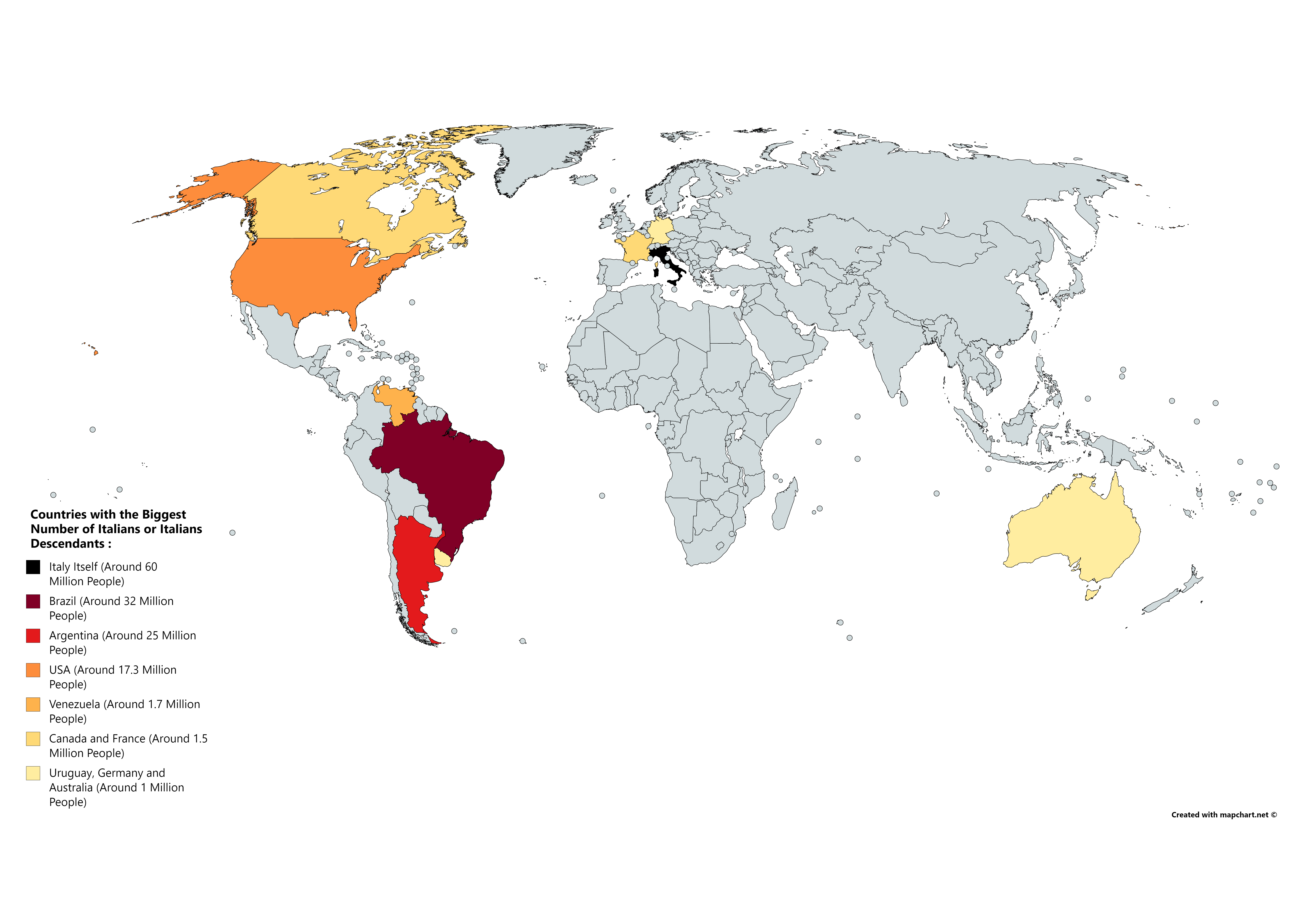

BY: Silvio Laccetti
It's spring and I am preparing a global outreach for my Foundation's WorldCast 23 Environmental Studies broadcast for high school students.These include students in Italian Studies classes as well as in environmental sciences. In searching the globe for both Italian Studies and Environmental Sciences students, I pondered the vast settlement of Italians worldwide, the Italian Diaspora.
Americans, particularly Italian Americans, are barely aware of the dimensions of the Italian Diaspora.. People of Italian heritage have played major roles and have significant presence in a number of countries outside Europe.
A brief listing shows that:
1. for reference, Italy has 60 million people
2. Brazil has 32 million of Italian heritage, or 15% of its total population
3. Argentina has 25 million , a whopping 62.5% of its total population
4. The United States has an estimated 17 million , about 6%. But the National Italian American Foundation claims the number could be as high as 25 million, since the census department stopped asking about Italian ethnicity in this century..
5, Venezuela, 1.7 million or 6%
6 Canada, 1.5 million, or 4.5%
7 and 8. Australia, 1 million or 4.4% and Uruguay 1 million, BUT 40%
If you are wondering, US cities with the most Italian Americans are: New York City, 1 million, followed by Philadelphia, Chicago and Boston with about 1/2 million. The biggest concentration of Italian Americans is in the Northeast with New York and New Jersey leading the way.
New Jersey is replete with municipalities that rank in the top 10 in percentage of Italian Americans: Fairfield leads the nation with 50.3 %. In our area, national leaders include: East Hanover, 41.3%, Cedar Grove and Wood Ridge at 40%, South Hackensack with 36% and Nutley with 36%. In terms of sheer numbers, our shore communities lead the state, Toms River with 27.5 thousand, Brick with 23thousand, followed by 3 Hudson County Communities, Jersey City (12 K), Hoboken (10.6K) and Bayonne (8K).
It would appear that for all these communities, the two uppermost issues for Italian Americans concern 1) the Columbus controversy and 2) Italian Studies in public schools. Intrigued, I decided to ask two individuals associated with the work of my Foundation about issues facing their Italian communities abroad, one from Brazil, the other from Australia..
First, I inquired of Bill Macina to give us the lay of the land in Brazil..The peak Italian migration to Brazil occurred at about the same time as that to the US, 1970-1920, with a smaller flow occurring after World War II. Atypically, Bill is a triple mover. His f grandparents came to the US from Italy. As a student, Bill lived in Paramus, NJ, and afterwards in Washington Township, but in later adulthood, he moved to Brazil to establish his successful Business, ITAMBRAS..
With regard to the two issues of importance to Italian Americans, Bill states that Columbus in a non-issue. There are very, very few monuments to him in Brazil, which, after all, was discovered by the Portuguese navigator Pedro Cabral. October 12 is celebrated as a quasi-religious "Children's Day"! On the second matter, about the maintenance and expansion of Italian language and cultural studies: unlike here, it is the younger generation which is very concerned with this matter. They lobby for more Italian Studies in the curriculum and display a strong interest in obtaining dual Italian-Brazilian citizenship.These trends are particularly evident in Bill's home town of Serra Negra, which has 90% Italian heritage, and in the San Paolo area in general.
My second contact Is Italian Australian Zack Facione, He is an amazingly accomplished world class scholar-athlete, a 7 time All-American track star who is finishing up a Master's degree at Wake Forest University, North Carolina. Interestingly, in the heart of that state, Zach is identified by peers and associates as Australian, rather than a person of Italian heritage!
Regarding the Columbus controversy, in Australia, as in Brazil, there is are very few markers and no fuss about the Great Navigator. Of course, Australia was "discovered" by the Dutch in 1606 and re-discovered by British Captain Cook in 1770, long after the Columbian voyages to the New World.
As for Italian Studies, as we saw in Brazil, there is a growing interest among young Italian Australians to learn more about their heritage, perhaps as tourism to Italy is rising. But in schools and universities, Italian language is being cut out. Indeed, one university has ceased teaching any languages, stating that this study is not compatible with its mission (?) whatever that may be! No wonder why Australia is called the "graveyard of languages".
Zach lives in a suburb of Sydney, a major city which features its own "Little Italy" . But he has no such place in his American home of Winston-Salem-NC. The best he can do is visit Dioli's Italian Market for some Italian specialities!.
I conclude by urging all readers to delve more deeply into the topics raised in this essay and to learn more about the geography and politics in your hometowns.
Silvio Laccetti, Ph.D. is a retired Prof. of History and has been a national columnist for 20 years. His self-named Foundation promotes Italian heritage and culture in the US and abroad.
You may be interested
-
“The Hill” St. Louis’ Little Italy
When the fire hydrants begin to look like Italian flags with green, red and white stripes,...
-
An Unlikely Union: The love-hate story of Ne...
Award-winning author and Brooklynite Paul Moses is back with a historic yet dazzling sto...
-
Polisena delivers address as state lawmakers...
"Italian-Americans came to our country, and state, poor and proud," Johnston Mayor Joseph...
-
The “Little Italies” of Michigan
In doing reseach for this post, I was sure that Italian immigrants found their way to Detr...
-
Ybor City – Florida’s Little Italy
"The people who had lived for centuries in Sicilian villages perched on hilltops for prote...
-
''La Gente di Mulberry Street'' presentato a...
Valsinni- Italia, terra di emigranti. Presentato a Valsinni il nuovo saggio storico di Raf...
-
'A better life': Cayuga Museum showcases Ital...
When Cayuga Museum Executive Director Eileen McHugh was approached by a group of Italian-...
-
'America: Promised Land' reveals how immigran...
The subject of immigration has always been a hot political topic in the United States. The...



